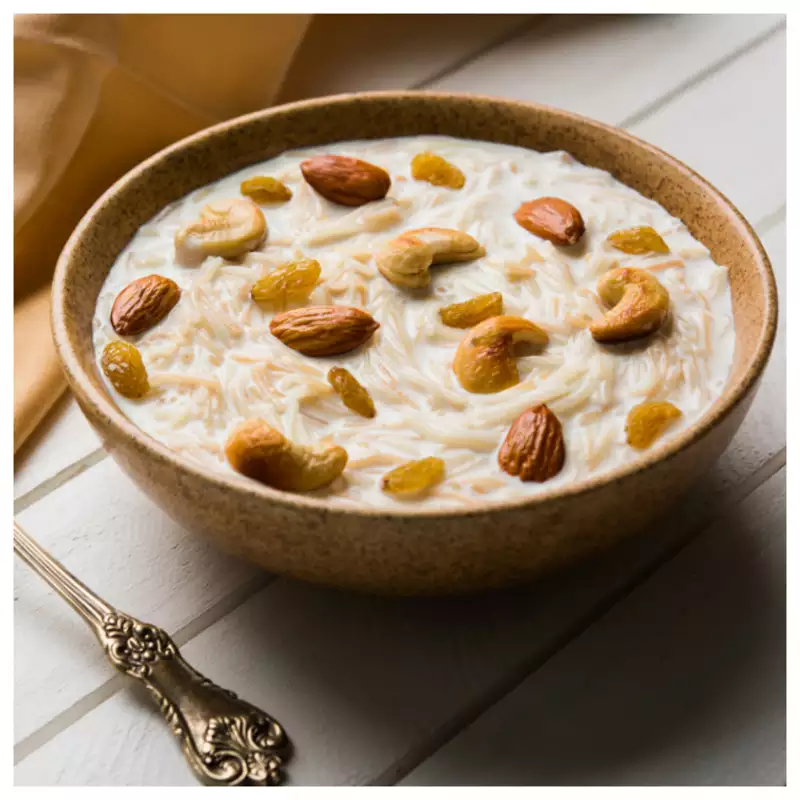5 Mouth Watering South Indian Payasams – A Must Try!
Let’s Start With a Little Bit of Payasam History!
Payasam is a traditional South Indian dessert with a long history and cultural significance. It is believed to have originated in the ancient Tamil Nadu region of South India, where it was served as a sweet offering to the gods in Hindu temples. The name “payasam” is derived from the Sanskrit word “payasa,” meaning “milk.” Payasam is made by simmering milk and sugar together, adding grains or lentils, spices and other ingredients.
In South India, payasam is considered a special dish and is often served at special occasions and festivals such as weddings, religious ceremonies, and other festive events. It is also a common offering at Hindu temples, where it is presented to the gods as a symbol of devotion and respect.
Payasam is enjoyed by people of all ages and is considered a symbol of prosperity and happiness. It is a beloved dessert in South India and is an integral part of the region’s rich culinary tradition.
This traditional dessert is made with milk, sugar, and grains or lentils such as rice, vermicelli, or semolina. It is often flavored with cardamom, saffron, or nuts and is served during special occasions and festivals.
What Is the Difference Between Payasam and Kheer?
Kheer, payasam, payesh, and payasa are all regional variations of the same dessert. Payasam is given a special place in Kerala’s traditional thali during festivals such as Onam and the traditional Malayalam feast known as Sadhya. Payasam is served at most festivals in Tamil Nadu, including Gokulashtami. Traditional payasam uses jaggery and coconut milk instead of sugar and dairy milk, which is more common in North Indian variants.
It is served as holy Prasadam in most temples throughout Kerala, including the Guruvayoor Temple and the Sabarimala Temple. Ambalapuzha pal payasam is regarded as one of Kerala’s most well-known and must-try payasam varieties. It is served as a prasadam at the Ambalapuzha Krishna Temple and can also be purchased elsewhere.
Types of Payasam
The possibilities are endless, from traditional recipes like rice, vermicelli, and moong dal to other varieties like thengai payasam, rava payasam, and so on. We’ve got a complete cheat sheet if you want to make payasam at home but are overwhelmed by the variety.
- Paal Payasam
It is your best bet if you’re trying to make it for the first time. Paal payasam is a traditional dessert made with just three ingredients- rice, milk, and sugar. However, you can always twist it by adding nuts and dry fruits or going the Kerala way and making it with red rice like the Ambalapuzha Paal Payasam.
- Payasam Poori
It is a unique payasam recipe in which pooris are almost fried to a biscuit-like consistency and then crumbled into the payasam. It is also known as Appe payasam in some parts of Karnataka. As the pooris almost wholly dissolve in the milk, the payasam thickens. Doesn’t it sound intriguing?
- Payasam Semiya
Semiya or vermicelli payasam, another of the more straightforward varieties, is also very popular in south India, replacing rice in the traditional recipe.
- Chakka Pradhaman
The boiling process and ingredients differ slightly between pradhaman and payasam. Payasams are typically made with milk in a single boiling process, whereas pradhamans are usually made with jaggery and coconut milk and are double-boiled. Chakka, also known as jackfruit pradhaman, is a Kerala dish with a hint of spice.
- Parippu Pradhaman
This lentil-based pradhaman combines coconut milk with split yellow moong dal to create a slightly thick, wholesome and delicious dessert.
Notes:
- Use a nonstick pan that has been rinsed with 1/4 cup of water and simmered for two to three minutes. It prevents milk from burning at the bottom of the pan since the water forms a protective layer between it and the milk. In addition, one should cook Indian desserts such as basundi, kheer, and rabdi in heavy bottom pans.
- Occasionally stir it, so it does not stick to the bottom of the pan or brown. Use full-fat milk to make rice kheer with a rich and creamy texture.
- In the meantime, stir occasionally and scrape the sides of the pan while frying South Indian Rice Kheer.






